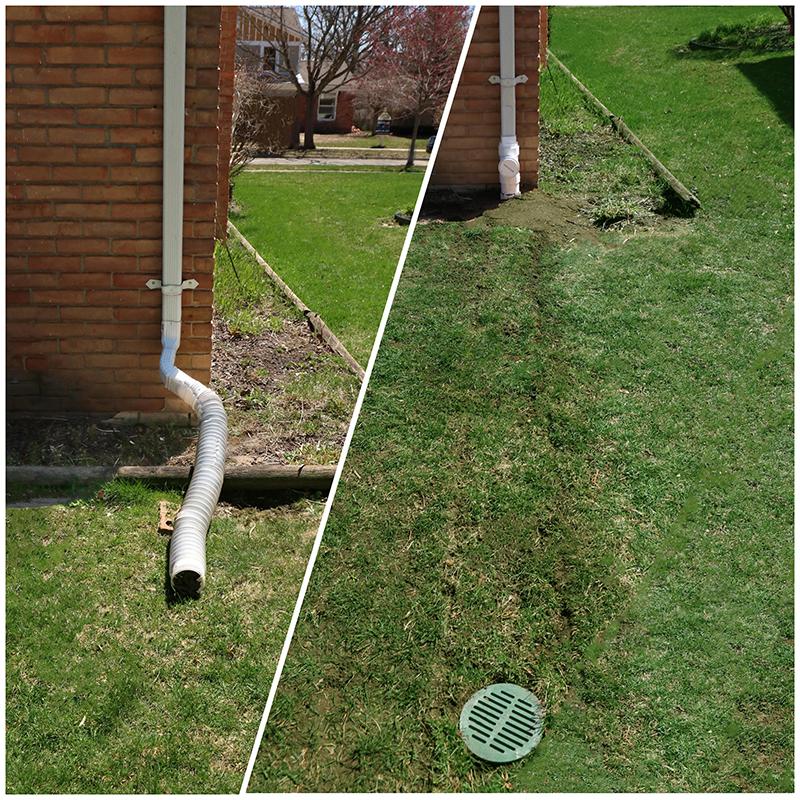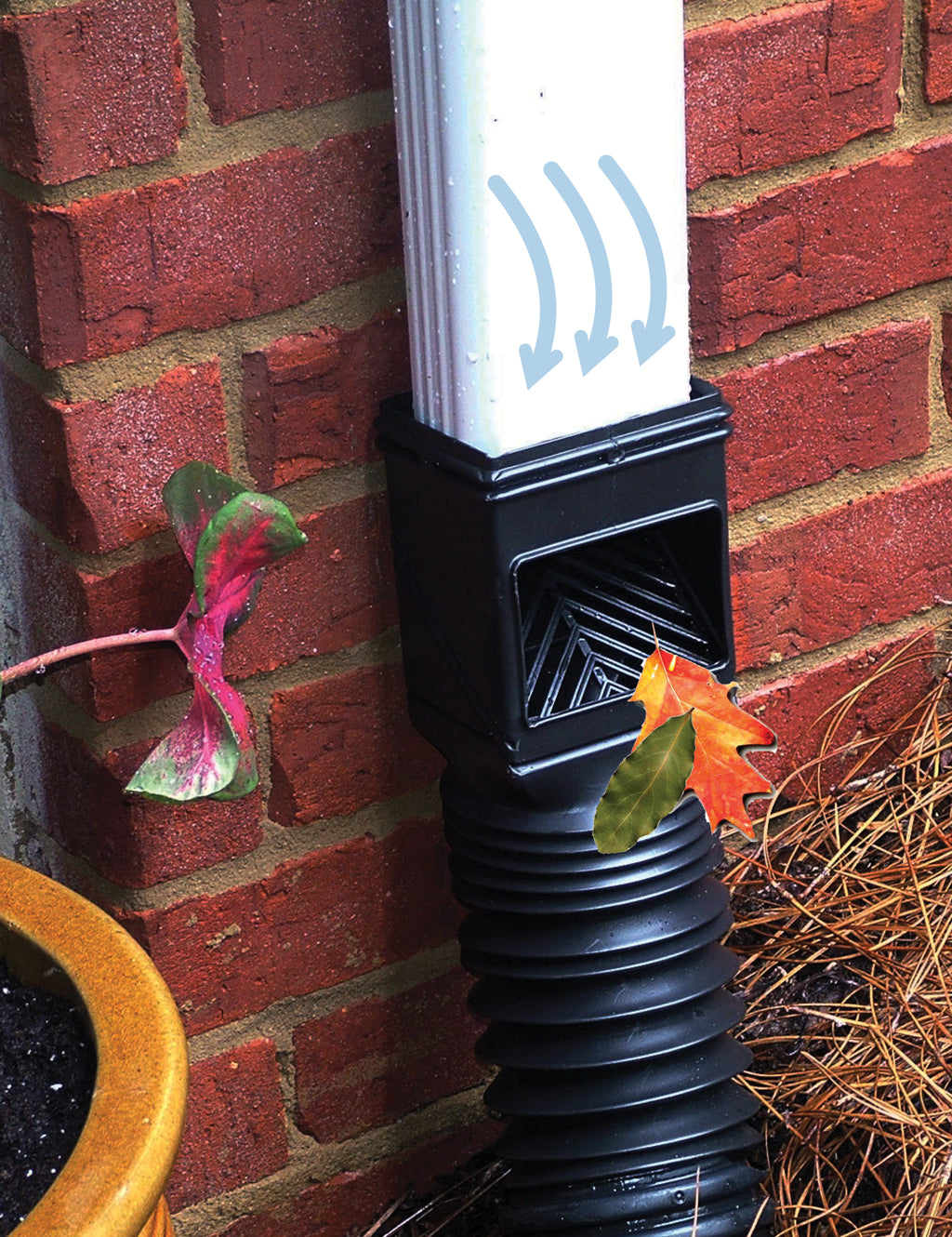

So how does a homeowner avoid the dreaded “pipe to nowhere?” By having a qualified basement waterproofing contactor design and install an underground downspout extension system that goes to the right place – a bubbler pot, dry well or storm sewer – and that will keep rainwater away from the foundation and out of the basement.Īt U.S. There are much easier and less costly ways of extending a downspout and preserving the sump pump. This greater volume of water creates a huge load on the sump pump, which will run almost continuously in heavy rains, shortening its life and increasing the risk of failure. When the water from the downspout flows into the drain tile system, it multiplies several times over the volume of water the drain tile was designed to handle.

This may work OK but it can create other maintenance problems. Chances are, when downspouts empty into a terra cotta clay pipe that extends out of the ground, this pipe is connected to the home’s exterior drain tile system. This might have worked for a short time when only a trickle entered the pipe but it was completely buried, causing it to clog up with soil and the first heavy rain backed up the extensions and overflowed back at the house.įinally, there’s the “it’s connected to what?” version of the pipe to nowhere that is often found on older homes. This pipe is perforated and the idea behind the design was that water would flow through the perforations and be absorbed by the soil. Then there’s the “looks good on paper” pipe to nowhere that is an underground extension but is so poorly planned and designed that it does more harm than good.Īnother local homeowner had underground extensions installed using the kind of corrugated plastic pipe that is normally used for interior drain tile. They went literally nowhere but caused the soil to be oversaturated and the basement walls to seep. When these “extensions” were dug up, they turned out to be straight lengths of pipe that extended 2 feet into the soil and stopped. One local homeowner with a concrete block foundation, for example, had downspouts running into professionally-installed PVC pipes that led into the ground. There’s the “looks good above the ground” pipe to nowhere that gives the appearance of an underground downspout extension but is nothing more than a piece of pipe sticking out of the ground. The pipe to nowhere comes in several disguises but they all have one thing in common – they create a concentration of storm water on or in the ground around the foundation of a home and cause the basement to seep water through any one (or more) of a variety of openings. How the “Pipe to Nowhere” Leads to a Wet Basement Too many times, however, what appears to be a functioning downspout extension turns out to be the “pipe to nowhere.” If, however, the downspout is nothing but a straight pipe, with perhaps a short elbow attached, that ends at or above ground level, the whole thing is useless because the water is still being dumped around the foundation, this time in concentrated spots, and the basement is destined to leak.Īgain, most homeowners get the concept but, regrettably, many of them seem to think that, as long as their downspout disappears into a pipe or the ground, all is well.

Often sort of an afterthought, the downspout is the pipe that takes the water from the gutters and conveys it to the ground. Most homeowners get this and keep their gutters clean and flowing. It’s a well-accepted fact that excess rain water near the foundation of a home is an invitation to a wet basement.įor example, homes have rain gutter systems to collect and channel rain water off the roof into a downspout instead of simply allowing it to pour over the edge where it will saturate the soil in the 10-foot zone around the home and ultimately end up in the basement. Menu Extending Downspouts Underground – Beware the “Pipe to Nowhere”


 0 kommentar(er)
0 kommentar(er)
